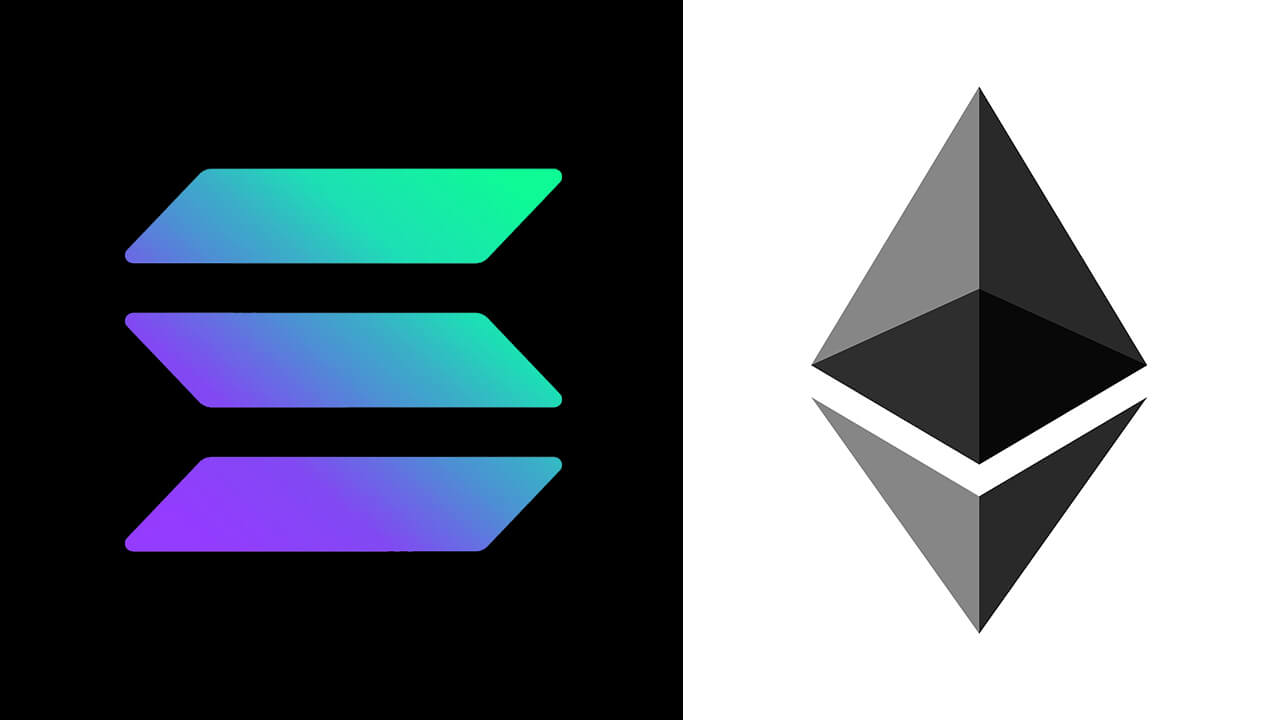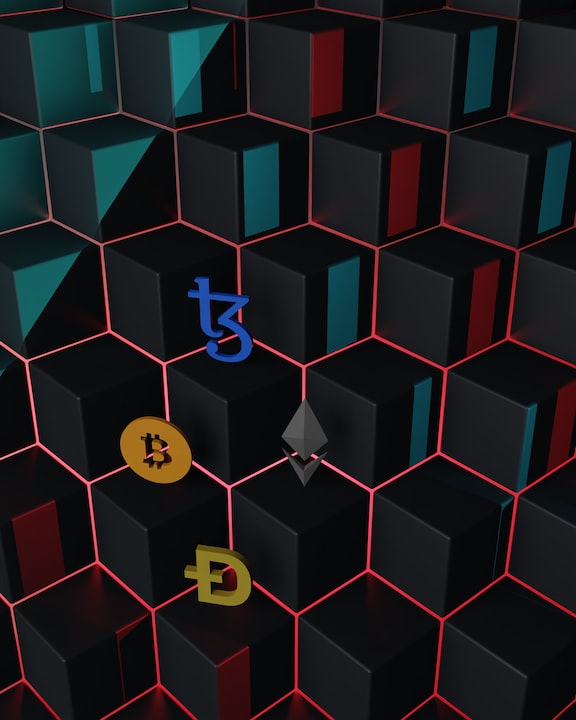
Since the growth of decentralized applications (Dapp) and NFTs in 2021, competition between first-tier networks has increased. 2020 saw the development of Defi, and 2021 saw the growth of new first-tier projects such as Solana, which had higher speeds and lower transaction costs. Ethereum intends to achieve these features by upgrading to Ethereum 2.0. In this article, we go to Solana vs Ethereum.
Ethereum is currently hosting more projects and is even said to perform better than Solana in terms of transparency. Each of these two networks claims to provide a platform for decentralized applications. However, fundamental differences between the two networks should be carefully considered. Stay with us for Solana vs Etherium. If you are in the field of Cryptocurrency trading, we suggest you do not miss the article “What is FOMO? deadly fear of financial markets.“
Solana is a public blockchain platform with smart contract functionality. Its native cryptocurrency is SOL. Solana claims to offer faster transaction times and lower costs than its main competitor, Ethereum.
https://en.wikipedia.org/wiki/Solana_(blockchain_platform)
Ethereum is a decentralized, open-source blockchain with smart contract functionality. Ether (ETH or Ξ) is the native cryptocurrency of the platform. Among cryptocurrencies, Ether is second only to Bitcoin in market capitalization.
https://en.wikipedia.org/wiki/Ethereum
Solana vs Ethereum. What topics are important?
One of the critical factors that set Ethereum apart from Solana is its underlying technology. Each of these two networks has its consensus algorithm and has goals for solving scalability problems. Although Ethereum has solved many of its current issues with the launch of Ethereum 2.0 and has migrated from a Proof Of Work system to a Proof of Stake system, we examine both projects thoroughly. We will review the history of changes in these two projects. This is not an investment proposal, and you need to invest in this field with more research and accept the risk by yourself.
Check Ethereum features
Ethereum 1.0 is based on the Proof of Work (PoW) mechanism, the same as the Bitcoin network mechanism. This network is maintained by thousands of people who provide its computing power. This method causes decentralization but, on the other hand, does not have much processing ability.
The second point is that the Ethereum network has a status feature. This feature indicates the current state of the network, and if a transaction occurs, all nodes (miners) must update the network to show somehow the existence of that transaction in the network status property. That’s why the Ethereum network is slower than a stateless network like Solana.
Technical and practical features are one of the most critical issues when considering Solana vs Ethereum. Ethereum processing capability is limited, but decentralization is prominent, and few problems are entering this network. Layer two solutions seek to solve Ethereum scalability problems. Ethereum is written in the language of Solidity and easily supports smart contracts, which increases its performance.
Ethereum 1.0 can process between 13 and 15 transactions per second, and it is hoped that Layer two solutions will address this issue. Ethereum is one of the networks that host many unique tokens. In addition, there are stable coins in this network that make Ethereum superior due to their crucial role in DeFi.
The DeFi ecosystem in Ethereum is very diverse because it is older than Solana. SushiSwap, for example, is one of the most popular projects on the Ethereum platform. In addition, Compound is another successful example of an Ethereum network. In addition, the presence of NFTs in the network has increased the area’s connection to DeFi, and huge investments have been made through Ethereum.
Check Solana features
The main issue that distinguishes Solana from Ethereum is the consensus mechanism, known as PoH, in which the passage of time between two events must be calculated and encrypted. All transactions receive a time tag and are then tracked in this method. The PoH algorithm works faster than Ethereum. This is one of Solana’s critical points in Solana vs Ethereum.
Solana is also a stateless feature and does not need to store network status in the memory of all nodes. This method consumes less energy and increases speed. Ethereum focuses on decentralization, but Solana focuses on increasing throughput and speed.
Solana can process one block every 400 milliseconds, 60,000 transactions per second. This feature makes it one of the fastest Layer one blockchains. The network uses an optimized version of operational error tolerance (pBFT), which increases the network’s processing power. Another feature is no mempool in this network, so transactions are processed directly and faster. Also, this blockchain is scalable and does not require Layer two solutions.

The DeFi ecosystem in Solana is fledgling, but Solana has various plans and goals for the growth of the DeFi area. Currently, Solana’s total locked Value (TVL) has exceeded $12 billion, indicating investors’ willingness to use Solana.
One of the most extensive decentralized applications, Raydium, has been launched on the Solana platform, automated marketing (AMM) platform, and has raised more than $1.8 billion since its launch in April 2021. Solana’s ecosystem is still evolving, and there seems to be enough room for it to grow. In addition, with the increase of gas fees in the Ethereum network, the tendency to use Solana increases.
Solana vs Ethereum. in table
If we want to look at Ethereum and Solana, the table below is one of the best comparisons available. This table examines the key features of each so you can better compare the two projects.
| Characteristic | Solana | Ethereum |
| Launch time | 2019 | 2015 |
| Algorithm | Proof Of Date | Proof Of Work Proof Of Stake |
| Processing speed (TPS) | 6500 to 7200 | Around 15 |
| Coin limitation | No | No |
| Purpose | Decentralize everything | Decentralize everything |
| Total locked value | $12 billion | $132 billion |
| Requires scalability | No | Yes |
This article tries to compare Solana vs Ethereum and compare them. At a glance, Ethereum focuses more on decentralization, but Solana is targeting processing power. Both projects seek to provide a decentralized blockchain space for various uses.
Some see Solana as the killer of Ethereum, while others believe in both projects. No one knows what the future holds, and both may or may not exist in the future. What do you think? Please share your comments with us!



